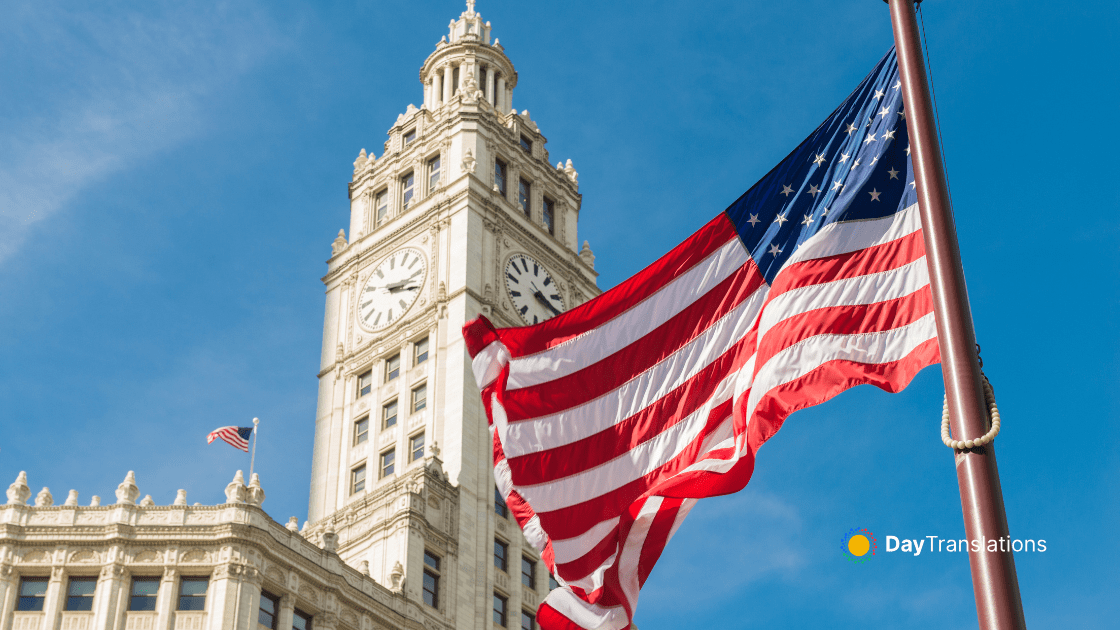Geography of Brazil: Important Geographical Information about Brazil
In this Country Profile
Brazil is an amazing country with beautiful landscapes, idyllic beaches, clear waters and lush rainforests. It has the highest number of species of primates, amphibians and plants in the world. Brazil is a great destination for a great variety of people as it offers so much. The landscape in Brazil varies dramatically from region to region. There are five large geographic and statistical units called the Major Regions (Grandes Regiões): North (Norte), Northeast (Nordeste), Central-West (Centro-Oeste), Southeast (Sudeste), and South (Sul).
The Atlantic Coast is a long and narrow region that extends from the Atlantic Ocean in the east to the coastal mountains and central plateau on the west. This coastal region contains many islands, bays, and sudden peaks, such as the Sugar Loaf in Rio de Janeiro. The mountain ranges along the Atlantic coast reach up to a height of roughly 2,900 m. Pico da Neblina or the Misty Peak in Guiana’s highlands is the highest peak with 3,014m.
Lowlands make up nearly half of Brazil. The largest lowland is the Amazon Basin, occupying more than sixty percent of the entire country. It is bounded by the Guyana highlands in the north and the Brazilian highlands in the south. The Pantanal, in western Brazil south of the Mato Grosso Plateau, is a huge gently-sloped basin that receives runoff from the upland areas (the Planalto highlands. It lies within the headwaters area of the Paraguay River and is bounded by the Chiquitano dry forests to the west and northwest, by the Arid Chaco dry forests to the southwest, and the Humid Chaco to the south. Much of the Pantanal is swamp and marshland.
Two highland regions make up the rest of the country. The largest is the Planalto Brasileiro, the Brazilian Highlands, an enormous plateau, upland, and mountainous area which covers most of the eastern, southern and central portions of Brazil. The highest and most rugged part is the Serra da Mantiqueira, that rise abruptly from the northwestern bank of the Paraíba do Sul River and extend northeastward for approximately 320 km. Several peaks rise more than 2,770 m: 2,798 m (9,180 ft) Pedra da Mina.
Brazil has one of the world’s most extensive river systems, with eight major drainage basins. The largest river system in Brazil is the Amazon. The other major rivers in Brazil are The Tocantins, The Rio de la Plata and the Sao Francisco. Iguazu Falls, the biggest waterfall system in the world, are located on the border of the Brazilian state of Paraná and the Argentine province of Misiones.

Sorry, the comment form is closed at this time.